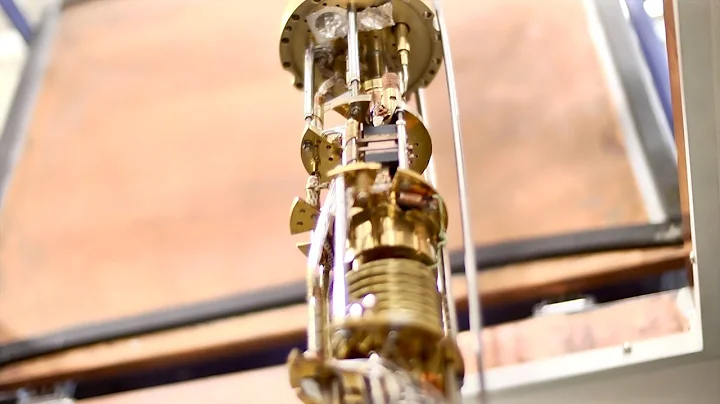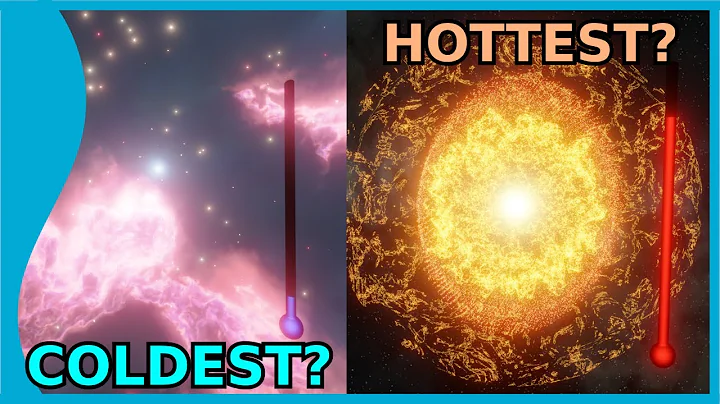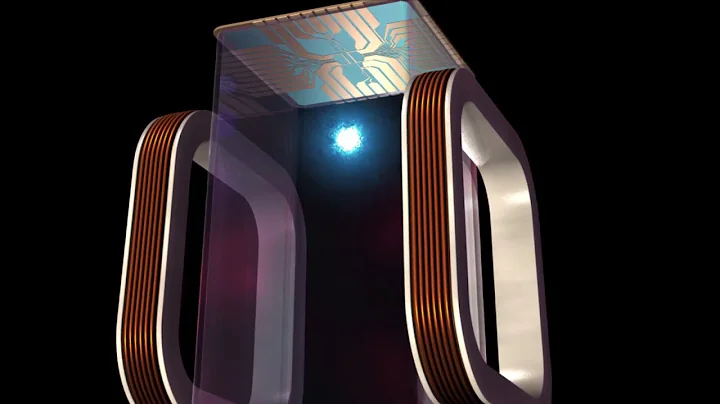Although Uranus orbits far away from the sun, some form of heat wave is warming Uranus' rings.
Two telescopes in Chile have captured new thermal images of the planet, revealing for the first time the temperature of Uranus' rings: minus 320 degrees Fahrenheit (minus 195 degrees Celsius), the boiling temperature of liquid nitrogen.
While that sounds cold by Earth standards, much of the rest of space is actually much colder, with temperatures near absolute zero, the temperature at which atoms stop moving, about -46 degrees Fahrenheit (-273 degrees Celsius)
Uranus itself lies very far outside the solar system. The ice giant orbits our star at an average distance of 19 astronomical units (AU), where it receives only a fraction of the heat from the sun that Earth receives. A small fraction (each AU is equivalent to the average distance from the Earth to the Sun, which is 93 million miles/150 million kilometers).
The scientists who took the new photos say they're not sure what's causing this relative warmth. But this strange temperature phenomenon proves that Uranus's brightest and densest ring (also known as the epsilon ring) is very different from other planetary ring systems in our solar system.
Each of the giant planets in the solar system - Jupiter, Saturn, Uranus and Neptune - has its own rings, but Saturn's rings are the most spectacular and the most thoroughly studied. of. That's because we can easily see them even with small telescopes, and NASA's Cassini mission has studied them up close. But Saturn's rings are very different from Uranus's.
"Saturn's main icy planetary ring is very wide and very bright," said Imke de Pet, an astronomer at the University of California, Berkeley, and a co-author of the study, in a statement. From dust in the ring to microns in size to rocks in the main ring that are tens of meters in size, Saturn's planetary rings have constituent particles of various sizes. However, there are no microscopic constituent particles in the main ring of Uranus. The epsilon ring is the brightest ring among Uranus's planetary rings. , but it's made of golf ball-sized rocks and larger rocks."
ε rings are also different from rings observed on other giant planets. Jupiter's rings are made up of particles about a thousandth of a millimeter in diameter, while Neptune's rings are made almost entirely of dust. The epsilon rings don't even look like Uranus' main rings because of the large patches of dust between them.
"We already knew that epsilon rings were a little strange because we couldn't see the smaller constituent particles," study lead author Edward Molter, a graduate student at UC Berkeley, said in the same statement. "Something sweeps the smaller ones out, or maybe they're all stuck together, we just don't know. This could help us understand the composition of planetary rings and determine whether all rings are made from the same source," Or are every planetary ring different? ”

This is an artist’s depiction of Uranus and its rings, which are very dark but surprisingly warm. (Image credit: NRAO/AUI/NSF, S. Dagnello)
Another mystery is how exactly Uranus and the other planets got their rings in the first place? Perhaps they once had one or more moons orbiting them, These moons later broke apart because they were too close, like Mars' Phobos. Perhaps the moons collided with each other and shattered into pieces (perhaps such an event will happen again at Jupiter one day, as the orbit of a newly discovered moon intersects with the orbits of several others). Alternatively, these planetary rings may be formed by asteroids captured by the planet, and these asteroids will break into pieces once they are affected by the planet's gravity. These planetary rings may also be remnants of the birth of the solar system 4.5 billion years ago.
The scientists used Chile's Atacama Large Millimeter/submillimeter Array (ALMA) and the Very Large Telescope to collect the data used in the new study.But researchers say they hope NASA's upcoming James Webb Space Telescope (JWST), which can collect data on the elemental composition of the epsilon rings, will provide better information about Uranus' strange rings.
The research is published in a new paper that has been accepted for publication in the Astronomical Journal.





















